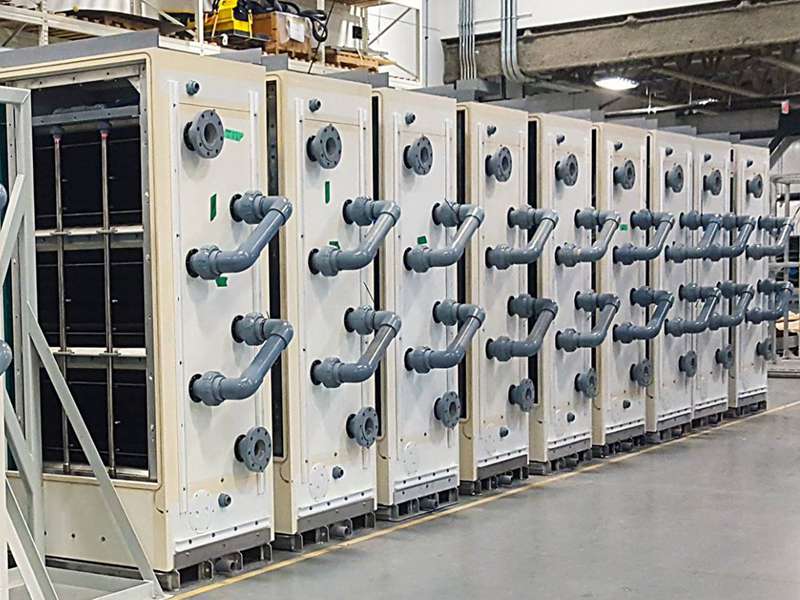
-
 Afrikaans
Afrikaans -
 Albanian
Albanian -
 Amharic
Amharic -
 Arabic
Arabic -
 Armenian
Armenian -
 Azerbaijani
Azerbaijani -
 Basque
Basque -
 Belarusian
Belarusian -
 Bengali
Bengali -
 Bosnian
Bosnian -
 Bulgarian
Bulgarian -
 Catalan
Catalan -
 Cebuano
Cebuano -
 China
China -
 China (Taiwan)
China (Taiwan) -
 Corsican
Corsican -
 Croatian
Croatian -
 Czech
Czech -
 Danish
Danish -
 Dutch
Dutch -
 English
English -
 Esperanto
Esperanto -
 Estonian
Estonian -
 Finnish
Finnish -
 French
French -
 Frisian
Frisian -
 Galician
Galician -
 Georgian
Georgian -
 German
German -
 Greek
Greek -
 Gujarati
Gujarati -
 Haitian Creole
Haitian Creole -
 hausa
hausa -
 hawaiian
hawaiian -
 Hebrew
Hebrew -
 Hindi
Hindi -
 Miao
Miao -
 Hungarian
Hungarian -
 Icelandic
Icelandic -
 igbo
igbo -
 Indonesian
Indonesian -
 irish
irish -
 Italian
Italian -
 Japanese
Japanese -
 Javanese
Javanese -
 Kannada
Kannada -
 kazakh
kazakh -
 Khmer
Khmer -
 Rwandese
Rwandese -
 Korean
Korean -
 Kurdish
Kurdish -
 Kyrgyz
Kyrgyz -
 Lao
Lao -
 Latin
Latin -
 Latvian
Latvian -
 Lithuanian
Lithuanian -
 Luxembourgish
Luxembourgish -
 Macedonian
Macedonian -
 Malgashi
Malgashi -
 Malay
Malay -
 Malayalam
Malayalam -
 Maltese
Maltese -
 Maori
Maori -
 Marathi
Marathi -
 Mongolian
Mongolian -
 Myanmar
Myanmar -
 Nepali
Nepali -
 Norwegian
Norwegian -
 Norwegian
Norwegian -
 Occitan
Occitan -
 Pashto
Pashto -
 Persian
Persian -
 Polish
Polish -
 Portuguese
Portuguese -
 Punjabi
Punjabi -
 Romanian
Romanian -
 Russian
Russian -
 Samoan
Samoan -
 Scottish Gaelic
Scottish Gaelic -
 Serbian
Serbian -
 Sesotho
Sesotho -
 Shona
Shona -
 Sindhi
Sindhi -
 Sinhala
Sinhala -
 Slovak
Slovak -
 Slovenian
Slovenian -
 Somali
Somali -
 Spanish
Spanish -
 Sundanese
Sundanese -
 Swahili
Swahili -
 Swedish
Swedish -
 Tagalog
Tagalog -
 Tajik
Tajik -
 Tamil
Tamil -
 Tatar
Tatar -
 Telugu
Telugu -
 Thai
Thai -
 Turkish
Turkish -
 Turkmen
Turkmen -
 Ukrainian
Ukrainian -
 Urdu
Urdu -
 Uighur
Uighur -
 Uzbek
Uzbek -
 Vietnamese
Vietnamese -
 Welsh
Welsh -
 Bantu
Bantu -
 Yiddish
Yiddish -
 Yoruba
Yoruba -
 Zulu
Zulu
grp chemical tank
Understanding GRP Chemical Tanks A Comprehensive Overview
Glass Reinforced Plastic (GRP) chemical tanks have emerged as a highly effective solution for storing and transporting various chemicals. These tanks are made by combining glass fibers with plastic resin, resulting in a lightweight, durable, and corrosion-resistant material that serves not only the industrial sector but also agriculture, wastewater treatment, and many other applications.
Understanding GRP Chemical Tanks A Comprehensive Overview
In addition to their chemical resistance, GRP tanks are also lighter compared to their metal counterparts. This lightweight nature not only simplifies transportation and installation but also reduces structural support requirements, making them a cost-effective option for many installations. The flexibility in design allows manufacturers to customize tank shapes and sizes according to specific needs, accommodating everything from small-scale operations to large industrial applications.
grp chemical tank

Another significant factor in the selection of GRP chemical tanks is their durability. Unlike metal tanks, which can suffer from pitting, cracking, and corrosion over time, GRP tanks are designed to last for decades with minimal maintenance. Manufacturers often back their products with warranties that reflect this longevity, providing end-users with confidence in their investment.
Furthermore, GRP tanks can be designed for various operational environments. They can be fabricated to withstand extreme temperatures, UV exposure, and other environmental stresses. With appropriate design and engineering, these tanks can also provide exceptional insulation properties, ensuring that the contents maintain their required temperature, which is critical for many chemical processes.
Installation and maintenance of GRP tanks are relatively straightforward. The construction typically involves modular assembly, which reduces installation time and disruption to ongoing operations. For maintenance, the non-porous nature of GRP makes cleaning and inspections hassle-free, ensuring compliance with safety regulations.
In conclusion, GRP chemical tanks represent a modern and efficient solution for the challenges associated with chemical storage. Their resistance to corrosion, lightweight structure, durability, and ease of maintenance position them as a preferred choice in various industries. As businesses continue to seek cost-effective and reliable options for chemical storage, GRP tanks will likely play an increasingly pivotal role in enhancing operational efficiency and safety in the chemical processing landscape.
Latest news
-
High-Performance Insulation Tanks for Optimal Energy SavingsNewsAug.09,2025
-
Precision Fittings: High-Quality Connections for Every SystemNewsAug.08,2025
-
Other Products: Explore Our Diverse RangeNewsAug.07,2025
-
High-Efficiency Fans, Dampers & Demisters | Custom SolutionsNewsAug.06,2025
-
Precision Mandrels and Molds - Engineered SolutionsNewsAug.04,2025
-
Dual Laminate Products | Superior Corrosion ResistanceNewsAug.03,2025









